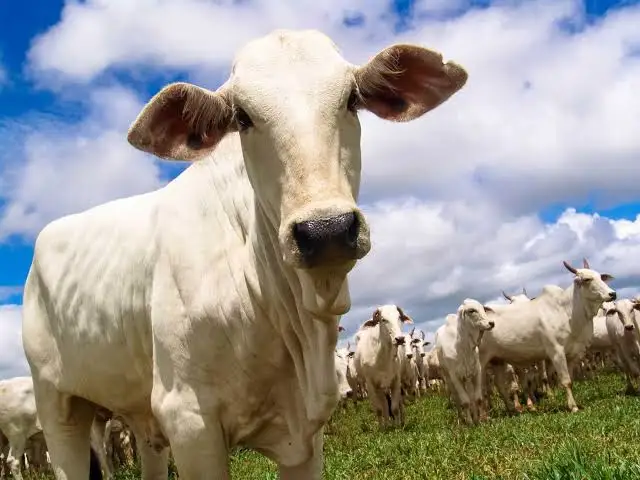Nós usamos cookies
Este site usa cookies para aprimorar sua experiência de navegação.

When choosing forage seeds for pasture establishment, many producers still base their decision solely on the price per kilogram. However, factors such as purity, cultural value (CV), germination rate, and cost per hectare are critical to ensure efficiency and profitability in the field. In this article, we clarify three crucial points about seed quality and explain why the lowest price is not always the best choice.
Forage seed production is inherently complex. Unlike other agricultural crops, harvesting takes place directly from the soil, which inevitably leads to impurities such as plant residues, soil particles, and seeds of other species.
In addition, forage grass seeds are small and morphologically heterogeneous, making cleaning and classification processes more challenging.
Another important factor is that many species are still undergoing domestication, resulting in production variability. Therefore, even under highly controlled conditions, achieving 100% purity on a commercial scale is not feasible.
Yes. There is considerable variability between forage species, and even within the same species depending on the region and year of production.
To manage this variability, institutions such as EMBRAPA provide reference averages that allow for more precise and efficient seeding rates. These benchmarks are essential for proper management and for ensuring the expected productivity.
Many producers encounter seemingly cheaper seeds that ultimately result in a higher cost per hectare planted.
This happens because factors such as:
Physical purity
Actual germination rate
Cultural Value (CV)
Coating proportion (in treated seeds)
directly influence the number of viable seeds per square meter.
📌 Practical example:
A batch of coated seeds may have a lower price per kilogram but require a higher seeding rate to reach the minimum target of seedlings per square meter. In the end, the total cost per hectare may be higher than that of uncoated seeds with a higher CV.
The price per kilogram should not be the only criterion when choosing forage seeds. Seeding efficiency, cultural value, and the physiological and physical quality of the seeds are key factors for establishing productive and economically viable pastures.
Investing in high-vigor seeds ensures better yield per hectare and greater returns for producers.
SGM Seeds: High-Vigor and Pure Seeds that deliver higher yield per hectare.
Present in 27 countries.
Quien Conoce, Nos Elige.
Este site usa cookies para aprimorar sua experiência de navegação.